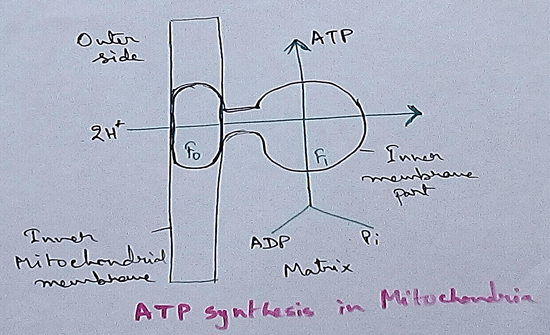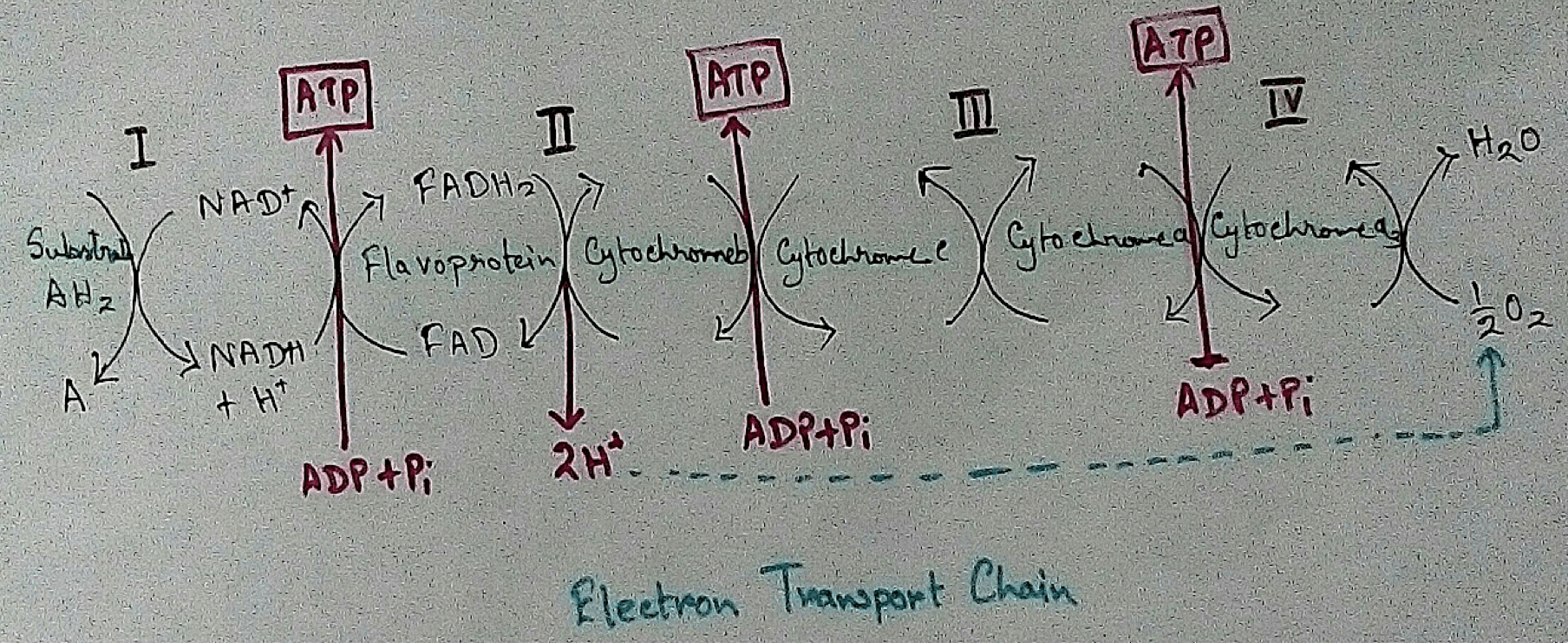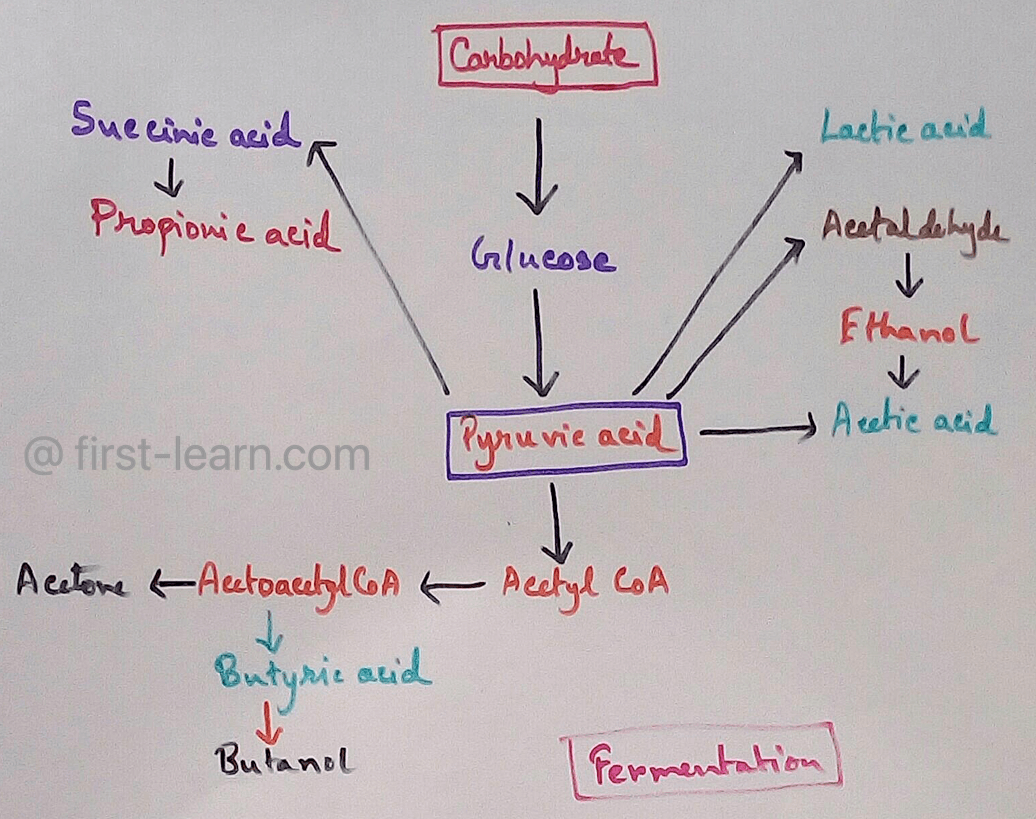Solar Eclipse and Lunar Eclipse
The two types of eclipses are solar eclipse and lunar eclipse
Solar eclipse:
A solar eclipse is said to occur when the shadow of the Moon falls upon the Earth. In that case the Moon comes in between the Sun and the Earth on a new moon day. During eclipse, when the Sun appears to be completely covered by the Moon, people in certain parts of the Earth cannot see the Sun at all. It is called total solar eclipse. Again when the Sun is seen partly covered by the Moon from the Earth, it is called partial solar eclipse.
Lunar eclipse:
An eclipse of the Moon is called lunar eclipse. On a full moon night the lunar eclipse is said to occur when the Sun, the Earth and the Moon appear in a straight line.
In that situation the shadow of the Earth fall upon the Moon. When
the Moon is completely within the shadow of the Earth, total lunar eclipse
occurs and the Moon becomes invisible from the Earth. If the shadow of the
Earth falls partly upon the Moon’s surface, a partial lunar eclipse is observed
from the Earth.
What is the difference between a solar and a lunar eclipse?
Solar and lunar eclipses have few basic differences. During solar eclipse the Moon comes in between the Sun and the Earth. So solar eclipse occurs only on a new moon day on the other hand, a lunar eclipse occurs on a full moon night, when the Earth comes in between the Sun and the Moon.
But we cannot find a solar and a lunar eclipse on every new moon day and full moon night because these three celestial bodies do not appear in a single straight line on every new moon day and full moon night.
From Solar Eclipse and Lunar Eclipse to HOME PAGE
Recent Articles
-
Respiratory Balance Sheet | TCA Cycle | ATP Consumption Process
Feb 18, 24 01:56 PM
The major component that produced during the photosynthesis is Glucose which is further metabolised by the different metabolic pathways like glycolysis, Krebs cycle, TCA cycle and produces energy whic… -
Electron Transport System and Oxidative Phosphorylation | ETC |Diagram
Feb 04, 24 01:57 PM
It is also called ETC. Electron transfer means the process where one electron relocates from one atom to the other atom. Definition of electron transport chain - The biological process where a chains… -
Tricarboxylic Acid Cycle | Krebs Cycle | Steps | End Products |Diagram
Jan 28, 24 12:39 PM
This is a type of process which execute in a cyclical form and final common pathway for oxidation of Carbohydrates fat protein through which acetyl coenzyme a or acetyl CoA is completely oxidised to c… -
Aerobic Respiration | Definition of Aerobic Respiration | Glycolysis
Dec 15, 23 08:42 AM
This is a type of respiration where molecular free oxygen is used as the final acceptor and it is observed in cell. Site of Aerobic Respiration - Aerobic respiration is observed in most of the eukaryo… -
Fermentation | Definition | Types of Fermentation | Application
Nov 29, 23 10:27 PM
Definition of fermentation- It is a process that is energy yielding process of anaerobic oxidation of organic compounds which are carried out by the enzyme action of micro organisms where neither gase…




New! Comments
Have your say about what you just read! Leave me a comment in the box below.